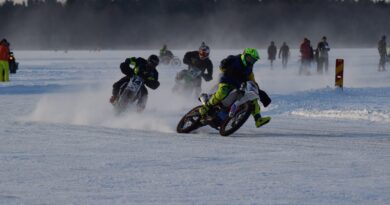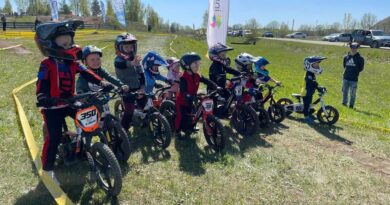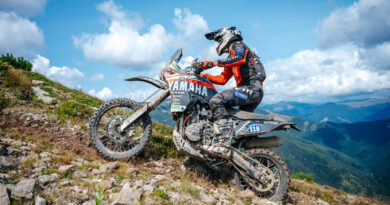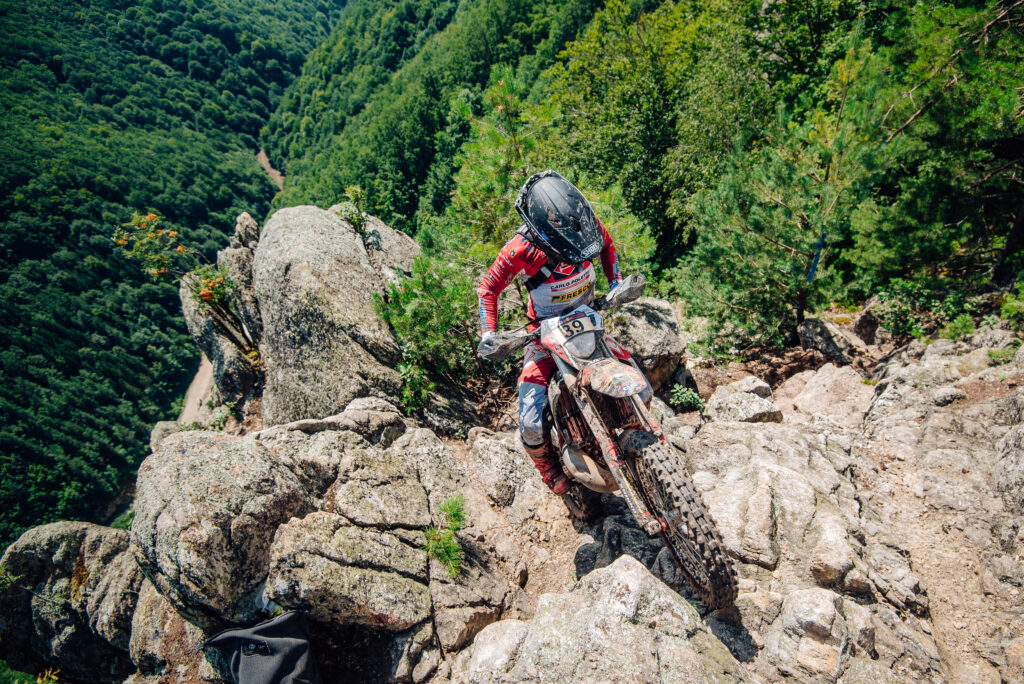
Soon! Red Bull Romaniacs! How do they organize it?
The legendary world’s toughest hard enduro, Red Bull Romaniacs’ 21st edition, “Limitless,” will soon take place again in Romania from July 23rd to 27th. The founder of Romaniacs, Martin Freinademetz, talks about the behind-the-scenes of organizing such an event.
Red Bull Romaniacs Press Release by Susan Mould
The Gold competitors tackled the tough sections with speed and ferocity, demonstrating an almost ‘bionic era’ with riding levels reaching new highs last year. The ‘up and coming’ generation is coming into the Red Bull Romaniacs without fear and a willingness to do whatever is required to reach the top; pushing their bikes over sheer rock faces is part of their day, these athletes will fight till the end and do whatever it takes to be rewarded with a spot on the Romaniacs podium. This presents some questions to Martin Freinademetz, the founder of Romaniacs and also a leader in the progression of the sport:
What is the toughest part of organizing such a large rally for so many nations competing?
Martin: “With such a long, hard enduro rallye, five full days of racing, and so many competitors, we need more departments working in order to provide a really great adventure for our participants. Starting with the racetracks, having five different classes, the idea is to give each class their own race track with as few as possible common tracks so each class has the right difficulty for their level, so they are not too easy and not too hard with a good balance. We have to provide some ways around the more difficult sections so that there are no queues building up. Track Director, Teo Isaac, defines the tracks during the whole year, and then the track managers go out to clear and mark them; this is a big task with so many kilometers of tracks.
A very important topic is the permissions required from the relevant authorities, farmers, forest owners, communities, and stakeholders involved in any way with our competition.
Information and coordination of all the participants from around the world is a complex area. We need to have the right communication tools having a website with all the information required so that participants know what they need to do in order to prepare themselves for the race. During the race, they need to be able to find the information they require, such as starting times, race times, competitor profiles, photo service, etc.
Finding and coordinating more than five hundred helpers is another big task. Some examples are rescue teams, timekeeping, race control center, bike supplies, media coordination, openers, sweepers, and danger points, just a few of the many teams we have in place.
And then there is the allocation of partners and sponsors and coordinating with them for branding placement on the tracks and media for them.”
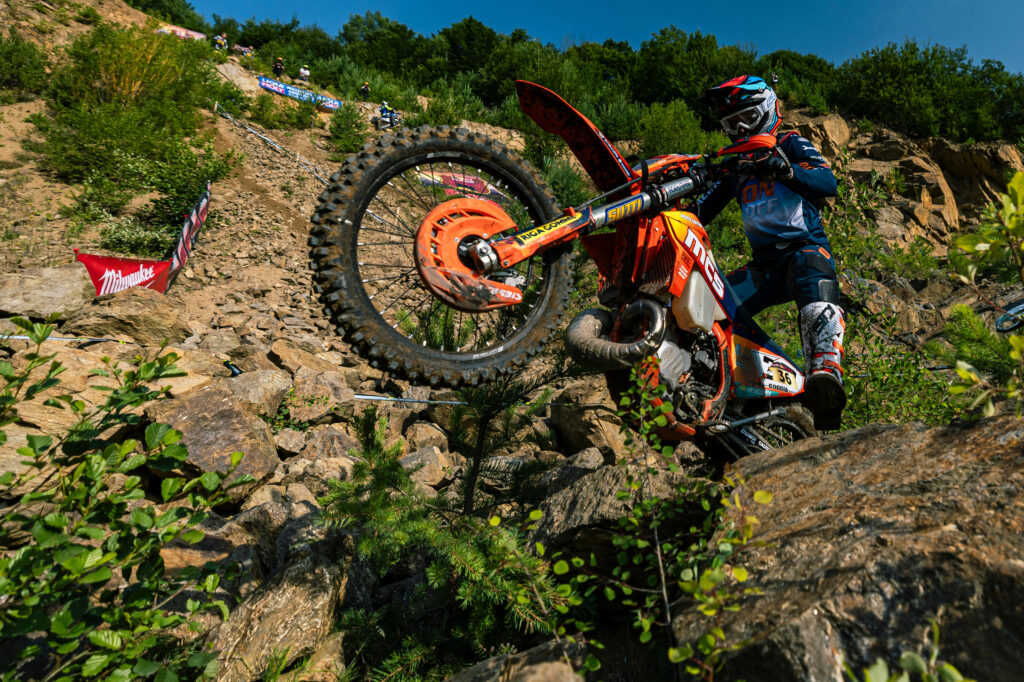
What are the biggest changes in terms of race development and infrastructure over the years?
Martin: “Changes in race development are huge over the past 20 years. Not only the bike technology, the tires, mousses, etc. got much better, and the competitor skill levels have been rising, but also technology has improved.
In 2004, we hardly had any telephone signal, and sending data from the tracks was almost impossible; we had to compress down to KB and not to MB or GB like nowadays, and with that, a lot has changed. Our timekeeping was using a basic Excel sheets system and is now fully automated, and race progress is visible live online and the same for media. We used to only have magazines and TV. With transmission and live streaming via GSM or satellite now it makes a lot more possible than in the early days. Transmission time for sending data is always getting faster and enables us to deliver our live streaming of LIVEmaniacs and LIVEnews to the website in real-time directly from the tracks to the viewers.”
Is it becoming challenging to create racetracks for the Gold Class when the levels are so high now?
Martin: “It is getting more difficult to create tracks for the Gold class competitors. We are trying to avoid fast tracks where the risk of crashing at high speeds leaves higher risks for injuries while more technical terrain is less risky and pushes the skill level. It’s not easy to find the right sections. We don’t want to be on terrain where there might be falling rocks or sections where the competitor could fall down something steep, so it’s challenging to find racetracks to keep the level high but at the same time safe.”
Will the tracks just keep getting tougher or how do you see extreme hard enduro progressing in the future?
Martin: “The technical difficulty levels have been rising every year. We can still increase the level more in the future; there’s still room for tracks to get a little bit tougher; I do not think we’ve reached a level where it is ‘too much’ yet. So we can still make some small steps in the future; however, in another 20 years, we may not find tracks that are hard enough, and if everybody is racing with only seconds between them in the tough sections, then maybe we need to figure something new out then.”

